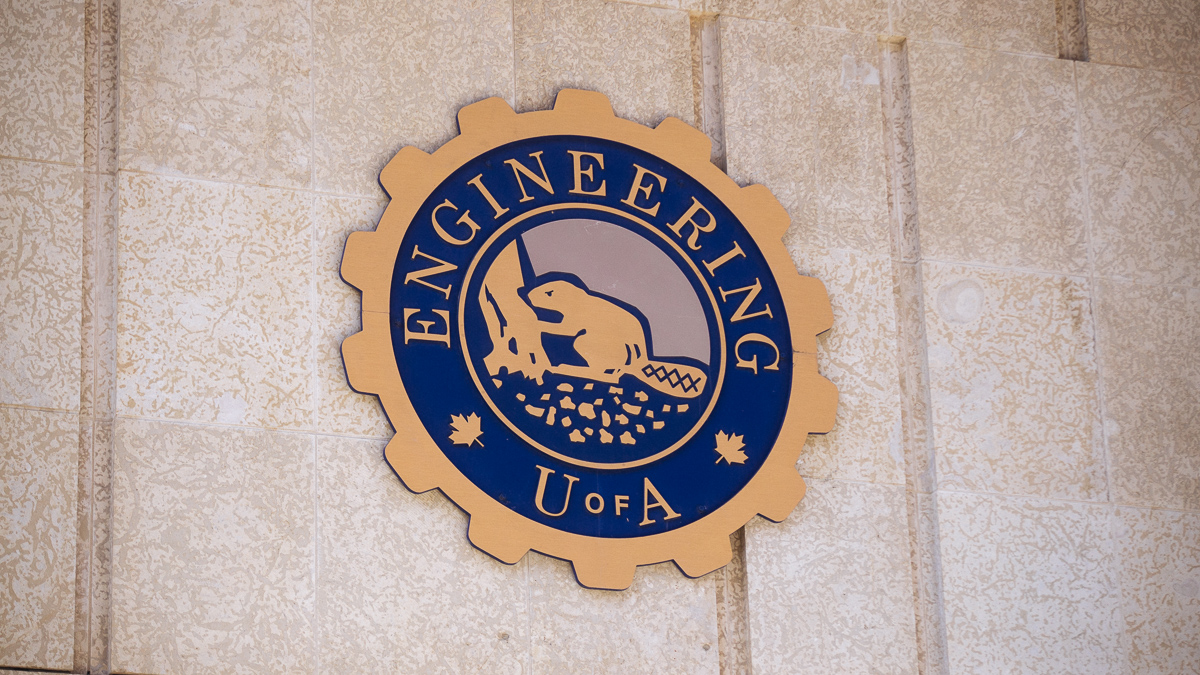 Supplied
SuppliedProstate cancer patients typically undergo a magnetic resonance imaging (MRI) scan to localize the cancer before treatment. However, new University of Alberta research suggests using a radioactive tracer with positron-emission tomography (PET) and computerized tomography (CT) scans may be better for treatment planning.
An MRI scan has been the standard tool used to plan prostate cancer treatment. During an MRI, a magnetic field pinpoints where tumours are located in the prostate and the surrounding tissue. The scan results then serve as a guide for treatment. Often this means targeted radiation or the surgical removal of the prostate, Dr. Adam Kinnaird said.
Dr. Kinnaird, a researcher on this study, is also an assistant professor in the department of surgery at the U of A. According to Dr. Kinnaird, a radioactive tracer “tells you with more accuracy where exactly in the prostate the cancer is” than an MRI.
Radioactive tracer is “better at detecting where the main tumor is,” Dr. Kinnaird says
Researchers first injected a radioactive tracer into the patients. This tracer bound itself to cancer cells in the prostate. Subsequently, the patients underwent a combined PET-CT scan.
The PET scan detected the radioactive tracer in the prostate, while the CT scan took X-ray images of the prostate tumours. The researchers also performed an MRI scan on all the patients to compare those results with the PET-CT scan results.
After these examinations, a radical prostatectomy was performed. In this procedure, surgeons removed the prostate glands and surrounding tissue. The obtained tissue was then used to assess the MRI and PET-CT scan results.
Overall, the radioactive tracer with the PET-CT scan accurately identified the tumour stage in 45 per cent of the patients. In comparison, the MRI was 28 per cent accurate.
“We showed in this study that [the radioactive tracer] is better at detecting where the main tumour is,” Dr. Kinnaird said. The tracer is also “better at knowing whether the prostate cancer is on both sides of the prostate or one side of the prostate … meaning we have a better preoperative understanding.”
This knowledge is important as it allows for more precise treatment, Dr. Kinnaird said. It also ensures affected prostate cells are not missed during treatment.
PET-CT scan could potentially replace three scans that are the current standard, according to Dr. Kinnaird
Prior to treatment, prostate cancer patients typically undergo three scans — an MRI, a CT scan, and a bone scan. The CT and bone scan determine if the cancer has spread beyond the prostate.
According to Dr. Kinnaird, the combined PET-CT scan and radioactive tracer could potentially replace these three scans. This would reduce government spending and the number of patient visits, Dr. Kinnaird said. Additionally, the combined PET-CT scan is better at finding secondary tumours as well.
“You can not only replace three other scans that would need to be done, but you can get a better answer and better information.”




